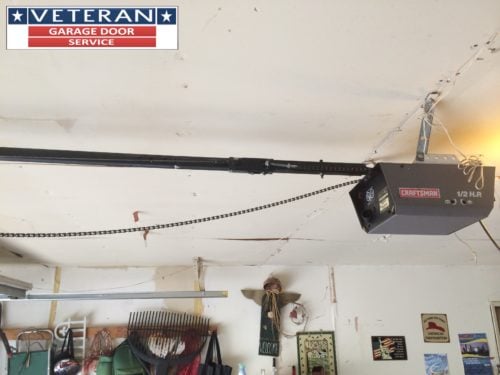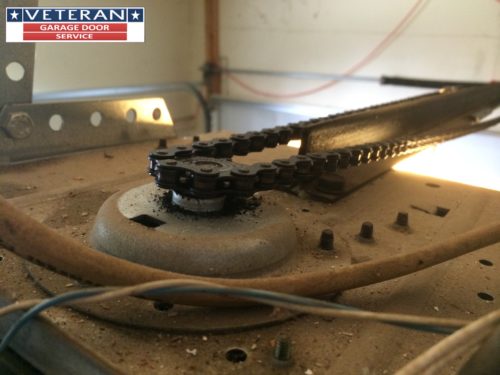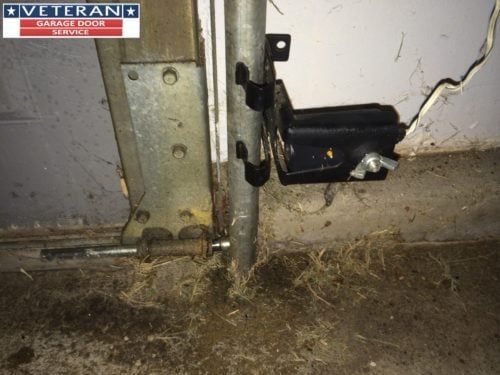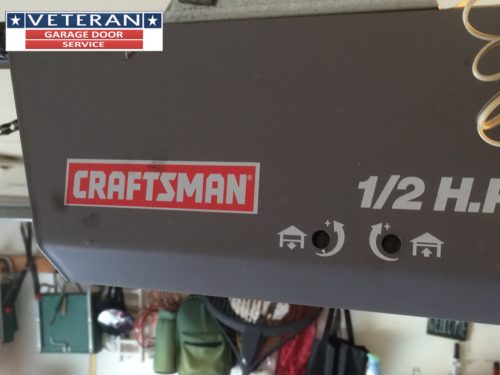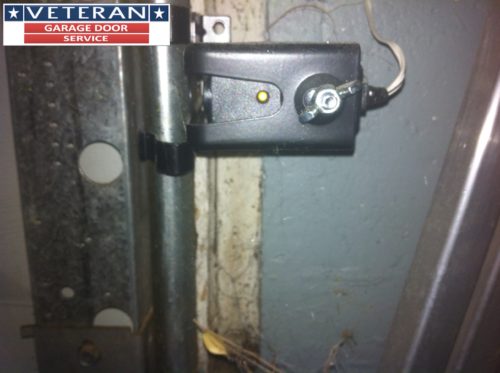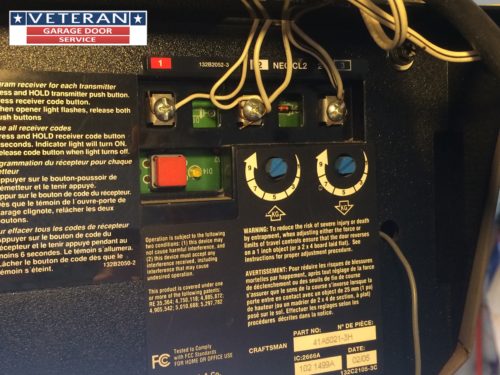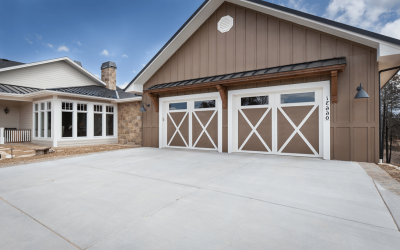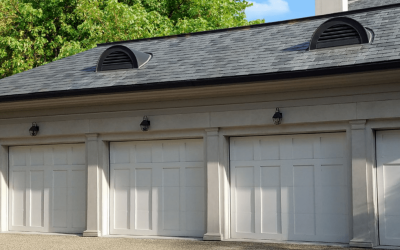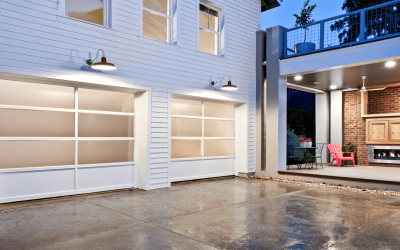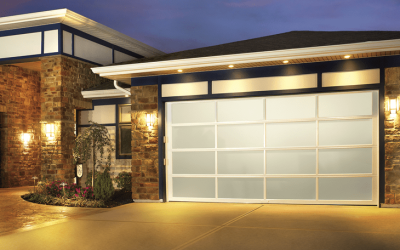Garage door systems should be inspected and lubricated at minimum once per year. This inspection should include a mechanical and safety inspection of your garage door opener. We will look at the garage door opener system as a separate system from the garage door itself.
When inspecting the garage door opener system, you will want to do a visual mechanical inspection.
What does this mean?
Visually look at the system. Does the chain or belt have too much slack in it, is the belt or chain hanging down below the opener rail. If the chain or belt is hanging down below the opener rail this could mean the door is closing too far causing the opener rail to flex up and the chain or belt to sag beneath the opener rail. It could also mean the chain or belt does not have enough tension and needs to be adjusted.
Visually inspect the sprocket on the top of the garage door opener, on chain and belt drive openers. Ther sprocket should be straight and free from metal shavings around the base of the sprocket.
If your opener is a screw drive visually look at the screw inside the opener rail. Is there a build up of grease that should be cleaned and fresh lubricant applied, or is the screw dry and needs lubricant. On screw drive openers we recommend yearly lubrication with lithium based white grease.
Visually inspect the safety eye sensors. Make sure the LED lights are illuminated and bright, you should also look at the safety eye plastic housing and check for damage along with the mounting hardware. While you are looking at the safety eye sensors, check the wires looking for any damage to the wires.
*** Remember per manufacturer requirements the safety eyes should be mounted not more
Than 6 inches from the garage floor.***
Inspect the wall console to ensure it is functioning properly and that the console is not damaged. Check the wires for the wall console as well looking for damage to the wires.
You should also inspect the opener rail and the carrier, inner-slider or carriage on the screw drive opener.
You should also test the garage door opener limits. Press the wall console and allow the door to open fully. In the fully open position, the bottom of the garage door should not open past the garage door header. If the garage door opens too far it can cause the door to go off track as the cables can become loose and come of the drums. Press the wall console again to close the garage door. When the garage door is fully closed, the weather seal on the bottom section should be sealed against the concrete floor, but should not close too far. When the door is fully closed the carrier rail should not be flexed up toward the ceiling, and the chain or belt should not be sagging down. If the door closes too far it can damage the opener rail, it can pull the bracket loose from the header and it can damage the top panel and even the bottom panel of the garage door. Adjust the open and close limits for your opener, according to manufacturer instructions as needed.
Next test the safety eye sensors. To perform this test, start with the garage door fully open. Push the wall console or use one of the remotes to start closing the garage door. As the garage door closes, safely break the safety eye beam. When the safety eye beam is broken the garage door should stop and immediately reverse to the fully open position. On many openers, when the safety eye sensor beam is broken and the door reverses, it will be accompanied by a clicking sound from the iopener motor and the courtesy light on the opener will flash. If the safety eye sensors do not function properly then they should be replaced. Garage door openers art designed so they will not close using the garage door opener if the safety eyes are out of alignment or bad.
***This is a safety feature required on all garage door openers manufactured after January 1, 1993.***
The last test is the garage door opener force test. To perform this test, start with the garage door open. Place a 2×4 block, or similar object, on the garage floor, under the center of the garage door. Using the wall button or a programmed remote, push the button to close the garage door. The door should close until it contacts the 2×4 or similar block, at which point, within 2 seconds the garage door should stop, reverse and return to the fully open position. If the garage door does not stop and then reverse to the fully open position, the force limits need to be adjusted properly. Follow the manufacturer’s direction for adjusting and setting the force limits for your garage door opener.
***This is another safety feature required on all garage door openers manufactured after January 1, 1993.***
If your garage door opener is pre 1993 requirements, then we recommend replacing the garage door opener with a new model that has these safety features.
We recommend inspecting and testing garage door openers at minimum once per year, but every three months is ideal, to insure your garage door opener is functioning properly.




